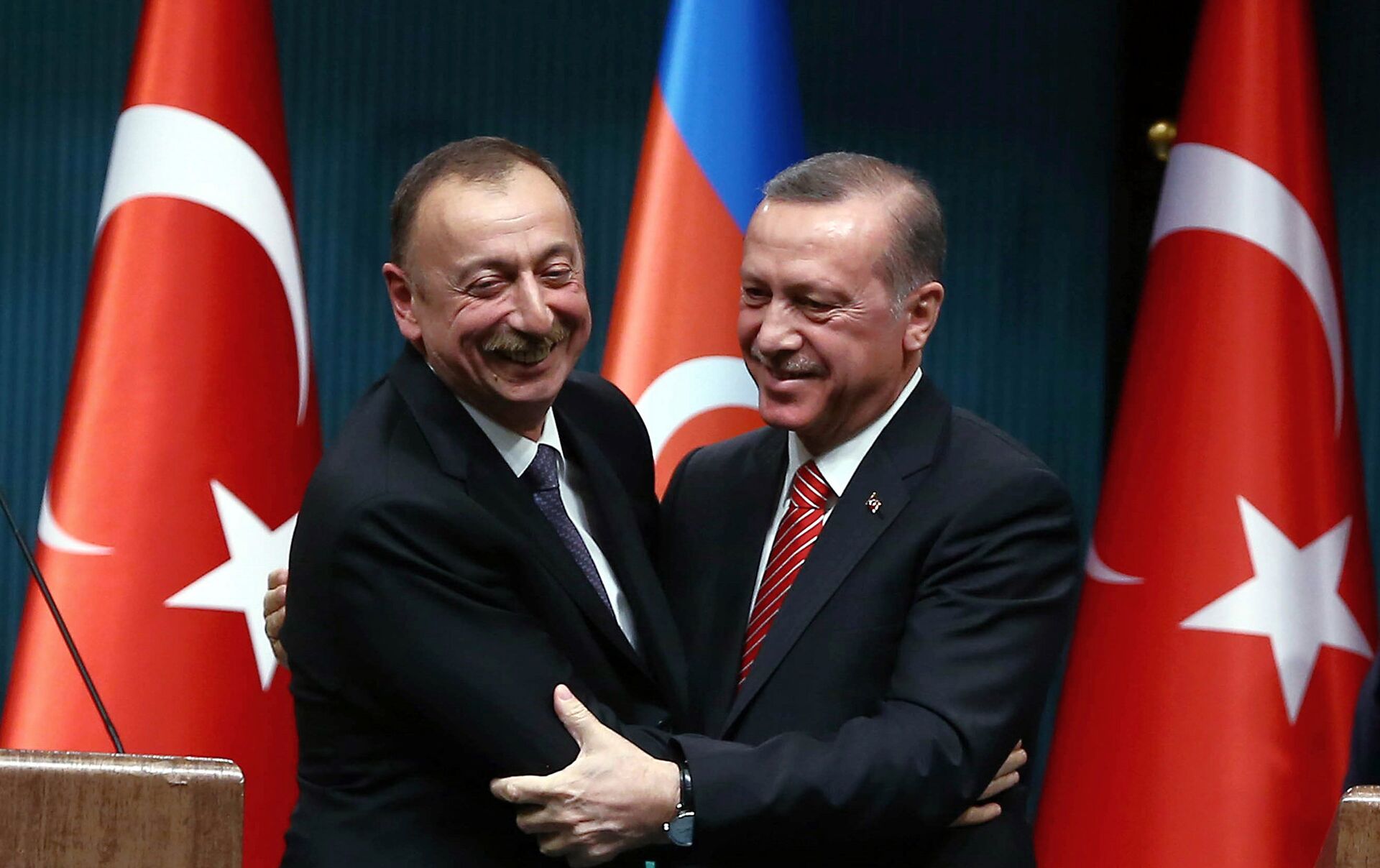Every life matters: how people and animals save each other in Armenia
Animal shelter in Armenia
Centaur is a unique animal shelter in Armenia. Homeless, abandoned and hunted animals are trained here, and then used in animal therapy which is provided here free of charge for people with disabilities and children from orphanages.
Since 2008, Centaur is also providing hippotherapy (therapy conducted by having patients ride and communicate with horses) for both adults and children with cerebral palsy and other health problems. A few years ago, the center also started offering dog therapy, mainly for children with autism.
Hasmik Hovhannisyan, the founder of the shelter, talks about the center and her dreams that have not yet come true.
- “Cancer is not a death sentence. I overcame it and live my normal life.” Video story from Yerevan
- Armenian families of soldiers killed in Karabakh war offered fertility treatment
- 90 seconds: from orphanhood to adulthood in Armenia
It all started with a smile
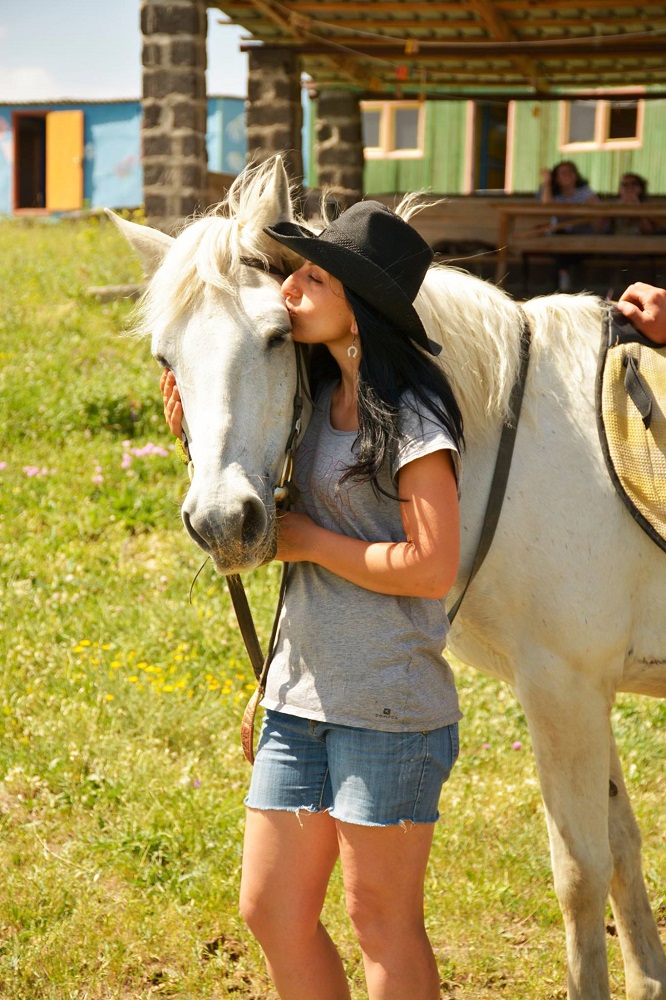
“It is hard to believe now, but until the age of 24 I was terribly afraid of dogs. When I studied in England, I didn’t think about people with disabilities or homeless animals at all. It all started with journalistic material. I decided to take part in the competition that was held there. I had to write an essay about horses and youth equestrianism. My essay was about a boy who fell with his horse while training. The horse broke its leg, after which it was euthanized, and he ended up in a wheelchair. I took second place in the competition.
Then I had the opportunity to do volunteer work, I applied for the position of assistant groom. They didn’t accept me – I didn’t have any work experience”, recalls Hasmik Hovhannisyan.
She says that she could not imagine back then, that this unfulfilled desire would end up completely changing her life.
Hasmik’s return to Armenia was unplanned – her father died unexpectedly. She did not allow herself to express emotions, she was constantly comforted by the words “you need to be strong”. This completely crushed Hasmik. And one of her friends advised her to take up horseriding.
“I started going to the hippodrome. And a year later, sitting on horseback, I laughed for the first time. By that time, I didn’t even remember how the muscles stretched into a smile. Then I realized that these animals can help not only me. I had already been working as a journalist and a volunteer in the Kharberd orphanage, where children with disabilities lived. And, of course, I began to spend my entire salary on bringing children from the orphanage to the horses”, recalls Hasmik.
At that time, she knew almost nothing about hippotherapy, only observed children improve after interacting with horses. She began to look for specialists and hippodromes which provided hippotherapy, but there were none in Armenia. Hasmik decided that she would organize everything herself:
“Then I had a journalistic crisis – I could not write anything. I decided to give up journalism for a while. I went to Georgia, studied with Dmitry Dzverava, who was the first to “bring” hippotherapy to the Soviet Union”.
Salma – the first rescued animal
Once Hasmik visited the village of Ushi, where one of her coaches worked at a private hippodrome many years ago. The horses were unkempt, and the owner was glad that someone wanted to take care of them.
“So for 5 years, without any documents, we looked after animals in Ushi as friends, and then the owner decided to sell the horses. We organized a fundraiser and were able to buy them. Then, unexpectedly, a benefactor was found, an Armenian from the United States, who donated 50,000 dollars so that we could buy our own land and open an animal shelter. Then I realized – the whole universe wanted this to become a reality”, says Hasmik.
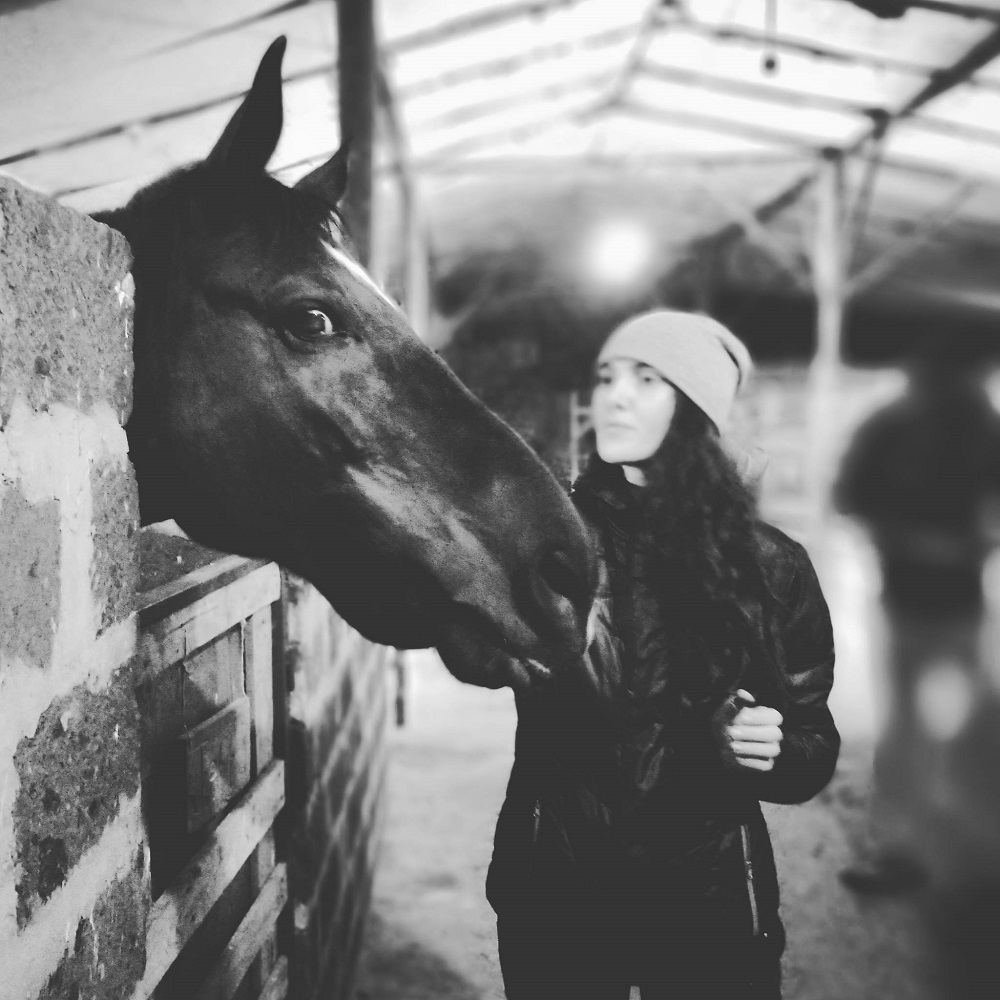
The first horse she rescued 13 years ago was Salma. As Hasmik says – literally from the butcher’s knife. The owner asked for 60,000 drams ($110) from the butcher, 100,000 ($200) from Hasmik․
“Salma was the ugliest horse I have ever seen. She hated men and pumpkins – still shudders at the sight of a pumpkin. Before Salma was sold to a butcher, she was fed with only with pumpkin. She had foals twice. She saw how one was carried away by a wolf, another was slaughtered by the owner – also in front of her eyes.
13 years ago, I stood in front of my first own horse and asked: “What are we going to do next?” And Salma lowered her head and sighed, as if realizing that she could not be anyone’s dream horse. Then I did not know yet that she would help hundreds of children, as if conveying her unrealized maternal love to them, she would teach them to sit, stand, walk, talk and laugh.
Homeless animals started helping people
Salma was the first of hundreds of unfortunate animals who later appeared at the shelter. For two years, Hasmik sheltered about 300 abandoned and tormented dogs, cured them and found them new owners. Animals with disabilities are rarely adopted in Armenia. They stay in the shelter and it is with them that canistherapy is performed here (therapy with the help of trained dogs).
“In most countries, stray dogs are not treated. When I went to attend courses in Poland, one of the professors even offered to take his trained Labrador to Armenia to teach other animals with his help. He was sure that street, stray dogs could not be trained and could not be used in therapy.
But for me it was important that these animals learn to do this, because we were forced to periodically raise funds for their maintenance and care. People sometimes don’t understand why they should donate money to the needs of homeless animals, but I understood that if dogs start helping people, they will think that their spending is justified”, Hasmik explains.
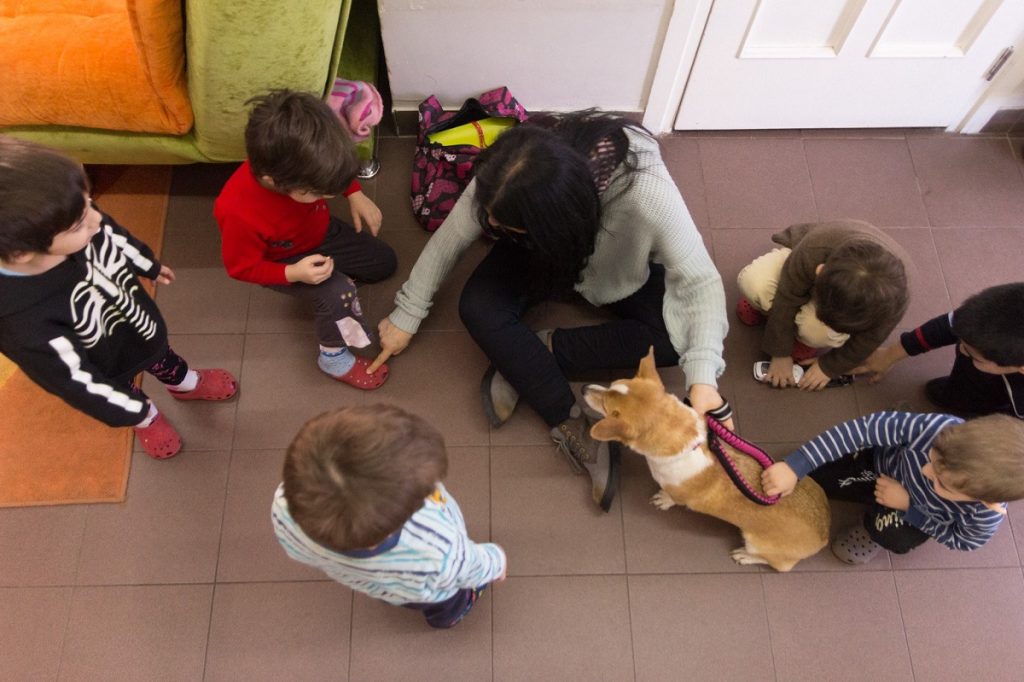
Three years later, the professor came to Armenia. Seeing our “homeless therapists”, he announced that street dogs in Armenia are different from others. But Hasmik is sure that it’s all about patience and love:
“It’s all about love. Often I myself am surprised how nowadays, when it has become so difficult to live, people trust us, support us, donate money to feed or treat animals. I think they understand that animals are not more important to us than people.
I cannot love animals and not love people. I don’t understand animal rights activists who pit love for animals above love for people.
I love life in all its manifestations and I believe that every life is important, every life is worth fighting for”.
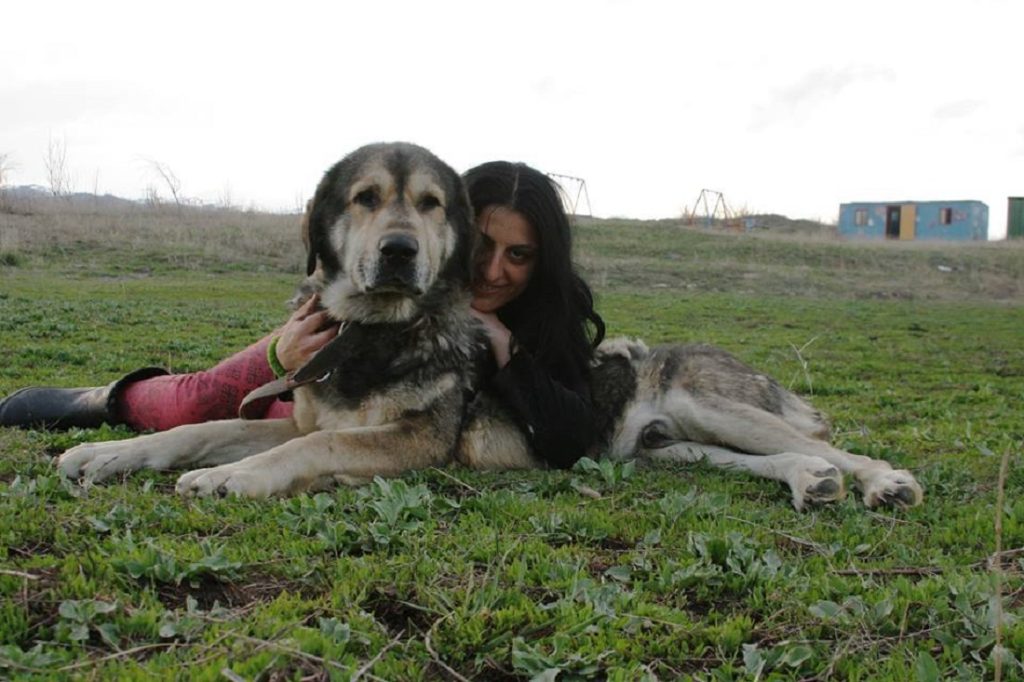
Today, 4 horses, 42 dogs, 8 cats and one turtle live in the Centaur shelter.
Before the coronavirus pandemic, animals traveled to orphanages in Armenia and crisis centers to provide care to children in difficult situations. But due to anti-COVID restrictions, they can no longer visit closed facilities. Instead, they spent last summer in Martuni and Yeghegnadzor, where therapy was provided for children with disabilities.
“There is nothing more important than how people’s lives change. In some village where a child with cerebral palsy lives his life sitting on the edge of a chair, he is never even taken out of the house, because they are ashamed of his disability, they bring him to therapy only at 7 in the morning so that no one can see him, and months later he makes his first steps. And no matter how difficult this job is, I wouldn’t trade it for anything”, Hasmik says.
Everyone refused
At first, for the implementation of hippotherapy, stables were needed with an appropriate territory – an arena. Hasmik appealed to everyone, and everyone refused her:
“Hippodrome owners claimed that children with problems had bad energy, which stressed animals, and refused to help us. Horses get really tired after therapy, therefore we don’t shoe our horses so that direct contact with the ground helps the animals regain their lost energy”.
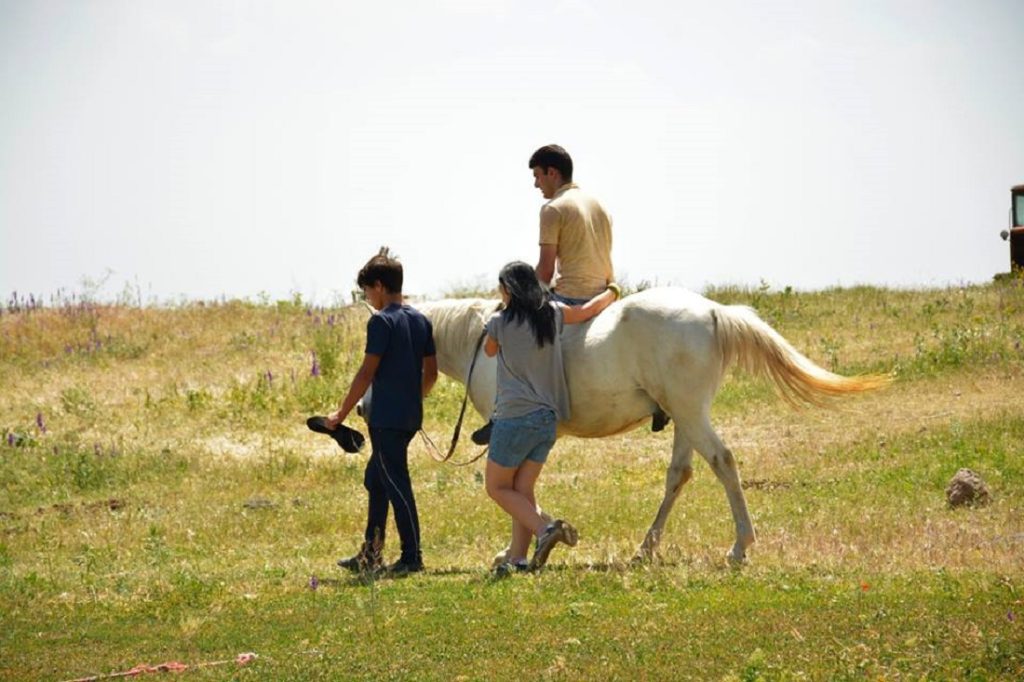
Hasmik first tries all types of therapy on herself. When it comes to the blind, she blindfolds herself and sits on horseback for hours, weeks, trying to understand how a person who cannot see will feel. Some time after hippotherapy, the blind themselves lead a horse around the arena, on which another person with vision problems is riding.
From the time when the media began to write about the Centaur, the hippodromes that refused Hasmik realized that this could bring additional fame and money. Now they also offer hippotherapy.
Animals teach hope
Hasmik says that it is most difficult to work in orphanages, because you are dealing with the system and systemic stereotypes. But working here is the most important thing. Animals teach children to believe in their own strength and take care of each other:
“For some reason, there is such a stereotype in orphanages: a child should be clean and well-fed, he doesn’t need anything else. But it’s not true. In one of the orphanages there was a girl in a wheelchair. She loved dogs very much, but she was sure that she could not walk the dog. When I offered her to take the leash and take the dog for a walk, she answered me offendedly that she could not operate a wheelchair and hold the leash at the same time. Then I invited other children to help her. And children who were not used to taking care of each other began to do so.
So, step by step, children begin to understand that they can do what others do, and that there are people who will help them.
In another orphanage there was a blind girl who dreamed of becoming a photographer. I remember when she left the building, the laces on her shoes were different colors. My husband also likes laces of different colors, but this is his choice, and this child did not see. When the girl shared her dream, the teachers in the orphanage said that it was impossible, there are no blind photographers. And my husband, Russian by nationality, decided to teach her. It was so nice to watch their communication: the girl tried to use simple Armenian words whenever possible so that my husband would understand her, and he tried to teach her to shoot something that she had never seen”.
Hasmik recalls that she once promised a child from the Kharberd orphanage to teach them horseback riding. And when, for some reason, it was no longer possible to bring children to therapy at the orphanage, she applied for a grant to build a hippodrome right on the territory of the orphanage. After two years of struggle, horses finally appeared on the territory of the orphanage.
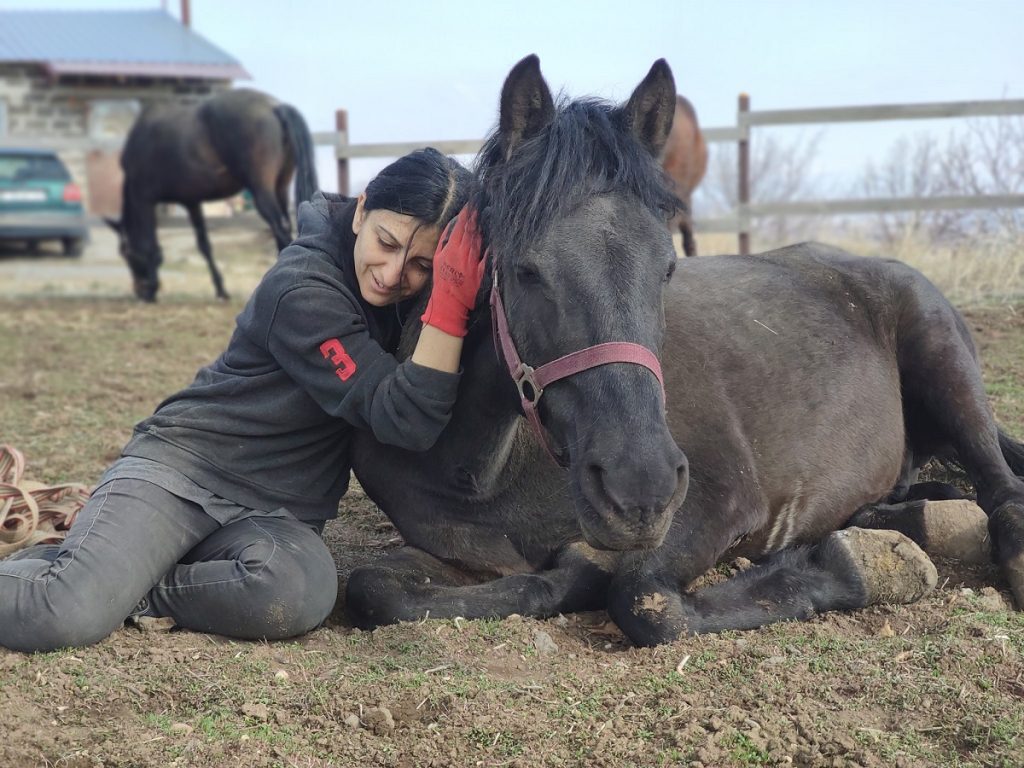
Dog therapy for veterans
After the 2020 44-day war, Hasmik has a new goal, she wants therapy dogs to work with the military who participated in it.
“My brother is an officer, he went through the whole war. He never talks about it. He assures that he did not experience much stress, since not one of his soldiers died in those days. But after the war, I never saw my brother smile, even when he played with his child.
We have a dog at the shelter, she is 15 years old. She spent 13 of them on the street, she absolutely cannot be trained, but she loves to play with the ball. Once I took it with me when I went to see my parents. The nephew began to play ball with the dog, and as I entered the house, I suddenly heard a ringing laugh and realized that it did not belong to a child. I went out and saw that it was my brother playing with the dog. Since that day, I have dreamed of organizing therapy for soldiers”, Hasmik says.
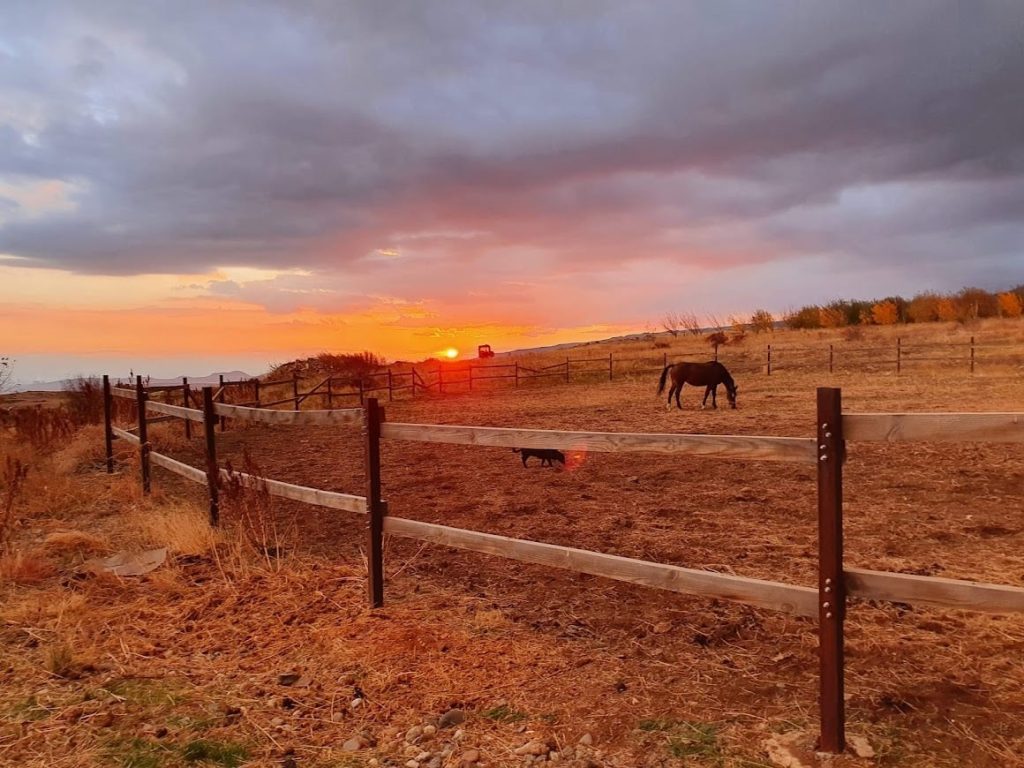
Follow us – Twitter | Facebook | Instagram
Animal shelter in Armenia










